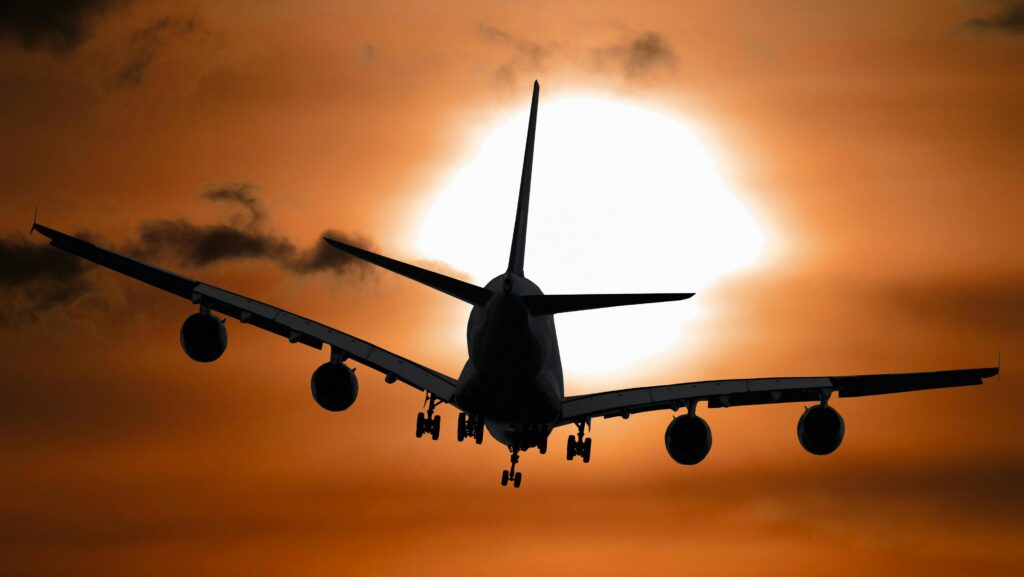The earth is hotter than ever. Some cities’ typical high temperatures that were high to begin with are now, well, REALLY high. Accuweather says these are the 5 hottest cities in the U.S.:
- Phoenix – sees daytime temps above 100 degrees on a daily basis from late May through mid-Sept. The mercury has been known to flirt with the 120-degree mark. And in the summer of 2023, it had 19 consecutive days that were 110 degrees or more.
- Las Vegas – Sin City sees over 70 days per year with temps in the triple digits, and has reached its all-time record of 117 degrees several times.
- Tucson, AZ – Tucson has been known to break 100 degrees quite a bit.
- Riverside, CA – Riverside once had an all-time high of 118 degrees. It also sees triple-digit temps every month from March through November.
- San Antonio, TX – On average, the city reaches the 90-degree mark more than 110 days out of the year, as well as several days in the low 100s.
And outside the U.S., the heat can be just as bad, or even worse.
- In Italy, Rome saw its highest temperature in history, 109, last July, Sicily reached 115 degrees, and Palermo hit 116.7.
- Parts of Delhi, India reached 121.8 degrees this past May.
- The UAE saw days as hot as 123.4 degrees F last summer.
- Sanbao, China reached temps of 126 last summer.
- Iran’s Persian Gulf International Airport had a heat index of 152 last July, which are levels thought to be the most intense the human body can withstand.
Can planes even fly at those temperatures?
Maybe.
Extremely hot temperatures can make it not only more difficult, but also more dangerous for planes to fly. These are some of the things that can affect a plane flying in extreme heat:
Decreased air density
The hotter air is, the more it expands and becomes less dense (that’s why hot air balloons go up). It also means the air is thinner, so it takes more power to get the lift that allows a plane to take off (Lift is the force that directly opposes the weight of a plane and holds the plane in the air – NASA.gov). This means the engines have to work much harder, especially during takeoff. Making the plane lighter helps, but (A) that has to be planned for in terms of calibration and (B) there’s only so much weight you can take off…especially when the heaviest thing on the plane is the fuel that makes it run.
And when you combine high altitude with high heat, it causes problems because air is already less dense at higher altitudes.
Electronics’ response to extreme heat
You’ve probably left your phone out in the sun for too long and gotten a warning that it needs to cool off before it can work again.
The air conditioning systems
Like anyplace else, the hotter it is, the more the A/C has to work to keep everything cool enough to be comfortable. The last thing anyone wants is for the A/C to go on the blink when it’s 110 outside and you’re stuck on the tarmac for 59 minutes.
How hot can it be and planes can still fly?
Most commercial jets are certified to operate in temperatures above 120 degrees.
Have planes been delayed or cancelled because of extreme heat?
They sure have.
- In 2017, temperatures neared 120 degrees in Phoenix and more than 60 flights were canceled over the course of three days because the safety calculations weren’t calibrated for temperatures that high.
- In the summer of 2018, uncharacteristically high temperatures of 95.5 degrees at London City Airport in the United Kingdom meant some flights were too heavy to take off on its short runways. Some passengers had to be removed before the planes could lift off.
- Flights were delayed for hours at Delhi airport on June 19 when temperatures hit 113 – the surface temperature of the tarmac was too hot to lift off.
Earth isn’t going to get cooler. So what are airlines doing?
In the past several years, airline manufacturers have made planes a little more able to handle heat. Phoenix Sky Harbor International Airport staff told The Arizona Republic in 2023 that aircraft performance data goes “up to and above” 122 degrees. That wasn’t the case a decade ago.
Airlines and airports are also becoming more adept at calibrating for hot weather. Airlines plan their weight for very hot days (they may schedule a stopover to refuel instead of flying straight through and holding all that extra fuel weight), and airports don’t put larger plans on their shorter runways since the planes need to longer runways to have the distance needed to reach takeoff speed.
More flights in the hottest cities are focusing more on very late night or very early morning flights when the temperatures are cooler than midday.
Want to comment on this post? Great! Read this first to help ensure it gets approved.
Want to sponsor a post, write something for Your Mileage May Vary, or put ads on our site? Click here for more info.
Like this post? Please share it! We have plenty more just like it and would love it if you decided to hang around and sign up to get emailed notifications of when we post.
Whether you’ve read our articles before or this is the first time you’re stopping by, we’re really glad you’re here and hope you come back to visit again!
This post first appeared on Your Mileage May Vary
Join our mailing list to receive the latest news and updates from our team.

